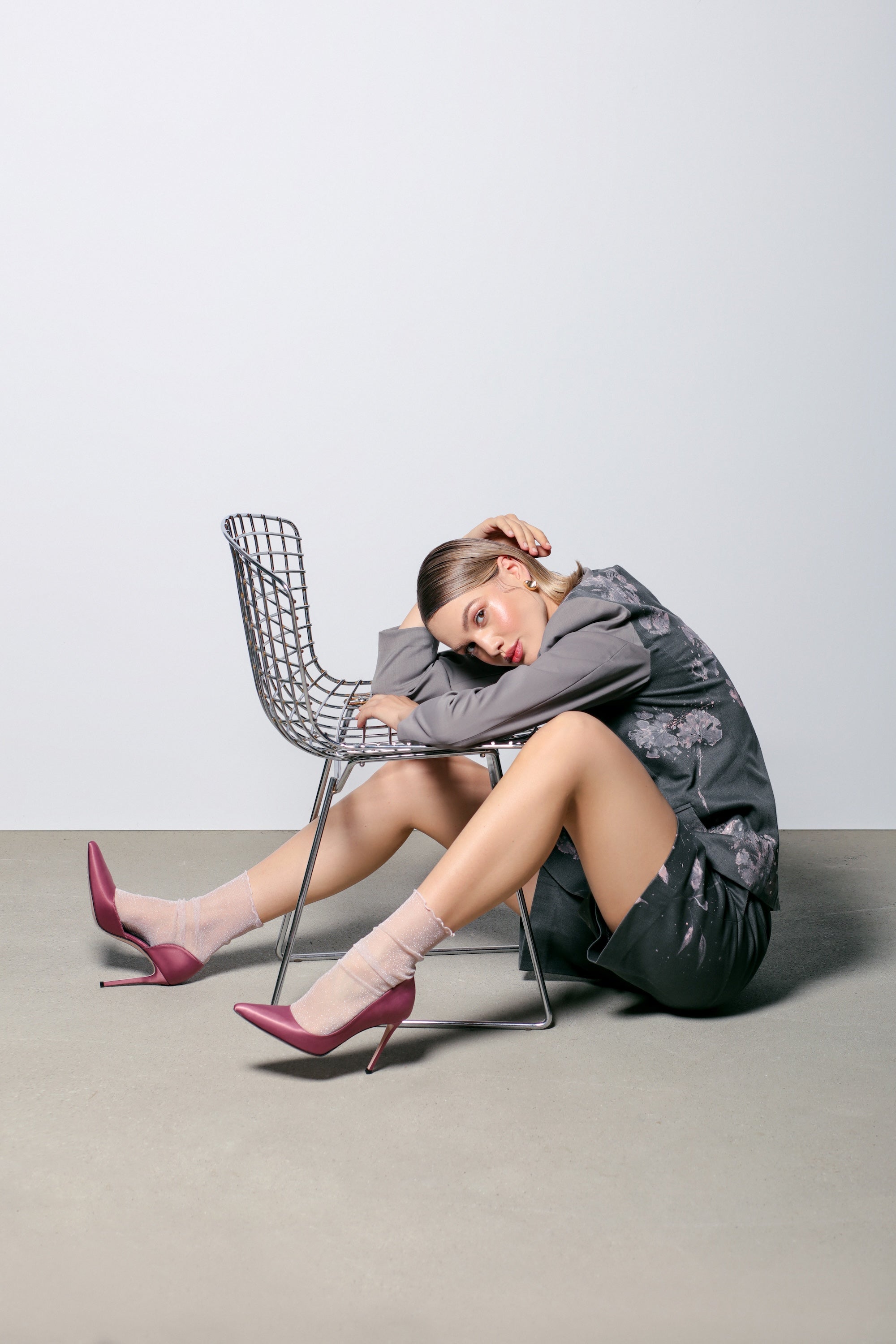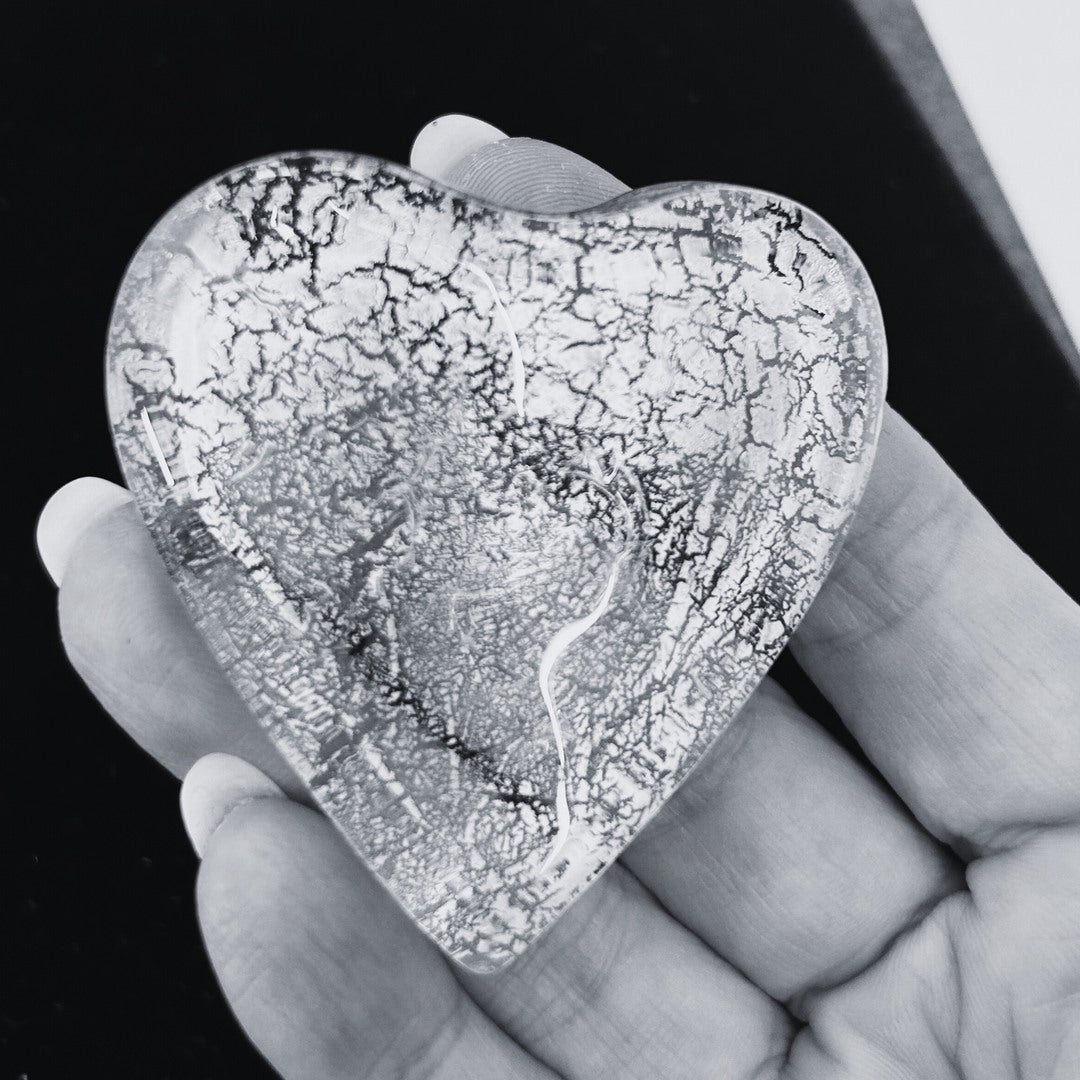
The MAD Shoes vs the MAD process: a story of passion & craftsmanship
When I started MAD Shoes, I knew from the start that I didn’t want to create just another shoe brand. The vision I had in mind was to create a testament of craftsmanship. I wanted each shoe to capture the artistry and dedication behind the creation, showcasing not only style but also the skill of the artisans behind the brand. The MAD Shoes brand is about creating something timeless and unique. And what better way to bring that vision to life than by starting with the classic stiletto pump?
Why the stiletto?
Because it’s that rare, versatile shoe that fits every woman, any style, and any occasion. Also, it’s my favorite type. There was just one issue with this vision - how to stand out in an oversaturated market. For every unique design, there are tens of mass-market products fighting for a spot in Google’s first page. I realized from day one that if we wanted to make an impact, we would have to go niche and make every choice count.

Why go niche?
Going for a niche shoe brand was more than a strategy. It was a smart way to scale thoughtfully. It’s been a little over a year since the official launch, and in that time, focusing on handpicked styles and designs has allowed us to refine every detail, listen closely to customer feedback, and create a product that feels personal. Going niche also means we can prioritize quality over quantity, build connections that matter with our customers, and grow in a way that feels genuine and sustainable - although that also means growing very very slowly.
Instead of rushing to expand the MAD brand, we're taking the time to focus on perfecting each piece, ensuring that every detail reflects our commitment to craftsmanship. This slower, intentional growth allows us to stay connected to the artistry that went into building MAD Shoes in the first place.
A small-batch production process: pros and cons
Small-batch production for any handmade shoe brand offers flexibility and control over quality and design. Sizes typically range from 10 to 100 pairs per style, depending on demand. Production frequency can be adjusted seasonally or based on pre-orders to minimize overproduction and maintain exclusivity.
Furthermore, small-batch production allows us to work with hand-picked artisans whose process aligns with our own. Their approach also involves concept development, creative thinking, and execution.
But of course, there are challenges involved. Let’s have a look at some of the pros and cons:
Pros
- Quality control: In a small-batch setup, we can closely monitor every pair, ensuring it meets our high standards. This hands-on approach supports the kind of craftsmanship we want the MAD brand to be known for.
- Customer-centric: Small-scale production allows us to listen and adapt. We can refine designs based on direct customer feedback, leading to a product that resonates with our audience on a more personal level.
- Creative flexibility: Going niche means we don’t have the same pressures as mass-market brands. We can fine-tune each model without being tied to strict production quotas. This freedom lets us be thoughtful in expanding our range of models, heel heights, and materials over time.
- Sustainable growth: Small-batch production allows for growth that feels organic and authentic. We don’t need to flood the market or sacrifice quality for the sake of volume. Instead, we expand in a way that aligns with our values.

Cons
- Slow scaling: Small batches mean limited availability, so growth can feel slow. Expanding our product range takes time, and our niche approach naturally caps how quickly we can scale up production.
- Higher production costs: Focusing on quality craftsmanship in small quantities often costs more per pair compared to mass-market manufacturing. This may result in higher retail prices, which can limit our customer base initially.
- Inventory challenges: With fewer pieces made, maintaining the right balance between demand and supply can be tricky. Limited stock may lead to wait times, which some customers might find frustrating.
- Pressure to diversify: While we’re excited to add new models and options, each addition requires careful consideration. We’re committed to maintaining our standards, which means being selective and thoughtful with every new style or heel height we introduce.
The MAD process: the “release early, release often” approach
Now, here’s where the story gets interesting. I borrowed the “release early, release often” methodology from IT. It’s an approach that emphasizes continuous improvement and real-time feedback. I realized the same principles could be applied to transform our design and production process for MAD Shoes.
By releasing new models in small, experimental batches, we got immediate insights from our customers, refined each collection, and evolved with every capsule collection launch. This process has become the backbone of our philosophy, turning each release into a conversation with our community.
Let me give you an example. When we first launched, we thought the classic 10cm stiletto would be perfect for every woman. I quickly learned, though, that style preferences vary greatly, and a 10cm heel isn’t everyone’s idea of comfort. For some, it was too high; for others, it was just too much. And you know what? It’s all water under the bridge now.

We all have those defining “learning from mistakes” moments in business - the ones that shake us up and challenge everything we thought we knew. These are the experiences that bring the most growth, shaping our strategies and reshaping our mindsets. They’re often uncomfortable and financially draining, but they offer invaluable lessons that no course or book could provide.
“Tricky moments are turning points that refine a business vision. They sharpen decision-making and make you more resilient. Embracing all learning curves not only helps businesses grow but also transforms setbacks into powerful insights that can fuel future success.”
What we learned & how we adapted the MAD strategy
Following the “release early, release often” phase, we realized it was time to adjust our designs to fit more preferences and lifestyles. Customers wanted a versatile heel height, something stylish yet comfortable for daily wear. So, we launched the 5cm and the 7cm MAD heel, designed to retain our signature look while adding extra wearability.
This shift broadens the MAD audience without sacrificing our brand’s character. I truly believe we’re now on the right track, combining style and comfort in a way that resonates with customers. It’s a reminder that staying responsive to feedback - especially when it involves risk - can lead to exciting new opportunities and long-term growth.

More than a shoe brand…a testament of craftsmanship
Every decision I made since launching MAD Shoes was intentional. From the artisans we work with to the fabrics we select, our process is rooted in our three main values: quality, craftsmanship, and exclusivity. And we’re just getting started.
In many ways, MAD Shoes is a journey; a commitment to creating beautiful heels for women who want to look and feel authentic. We may be small, but we’re bold. Every mistake brings us closer to our purpose, and every lesson learned is an opportunity to refine push boundaries, and deepen our connection with our community.


